Joshua Tree National Park, located in Southern California, is a great place to connect with nature, experience the Milky Way, and climb rocks to your heart’s content.
Whether you’re a photographer, hiker, or adventure junkie, Joshua Tree is the place for you!
First off, if you’d like to check out the video I made about Joshua Tree when I visited a few weeks ago, watch it here!
Directions
If you are in Southern California, Joshua Tree is a great location to stop by! It is relatively close to a few major cities, including being 175 miles northeast of San Diego and 140 miles east of Los Angeles.
The closest airport to the park is in Palm Springs. When driving in, you can either enter from Interstate 10 or California Highway 62 (known as the Twentynine Palms Highway).
Once you enter the park DO NOT rely on GPS navigation. There is little to no service in the park and some navigation apps will try and take you to backcountry roads, suitable to only a select few vehicles.
Make sure to either bring a physical map or screenshot directions from your phone or computer.

There are 3 entrances to Joshua Tree
- West Entrance: 5 miles south of the junction of Highway 62 and Park Boulevard at Joshua Tree Village
- North Entrance (in Twentynine Palms): 3 miles south of the junction of Highway 62 and Utah Trail
- South Entrance (near Cottonwood Spring): Access point along Interstate 10, 25 miles east of Indio
Once you enter the park, you will start to see more and more Joshua Trees accumulate into view! This is where the adventure really begins!
Best Spots to Visit
If you only had a day to explore Joshua Tree, these are the top spots that I have visited multiple times and photographed relentlessly.
Hall of Horrors
If you are entering through the West Entrance, this is one of the first spots you will see. Despite the creepy name, Hall of Horrors offers photographers a great assortment of rock features to climb around and shoot.
There is even a mini slot canyon you can squeeze through (if you’re not claustrophobic) and get some unique shots.
The Famous Bonsai Tree (Jumbo Rocks Campground)
Now, I know that it seems ironic that the “most popular” tree in Joshua Tree is in fact not a Joshua Tree.
This bonsai tree, however, is a nice added feature to the already interesting rock formations around it. It also is complemented nicely with a monolith shape rock right next to it.
Another great aspect of this location is that during June, the Milky Way seems to arch right over the tree, making for a great photograph!
Skull Rock (Jumbo Rocks Campground)
Skull Rock seems to be a classic of Joshua Tree National Park. It is also the easiest one to spot because it looks like a giant skull.
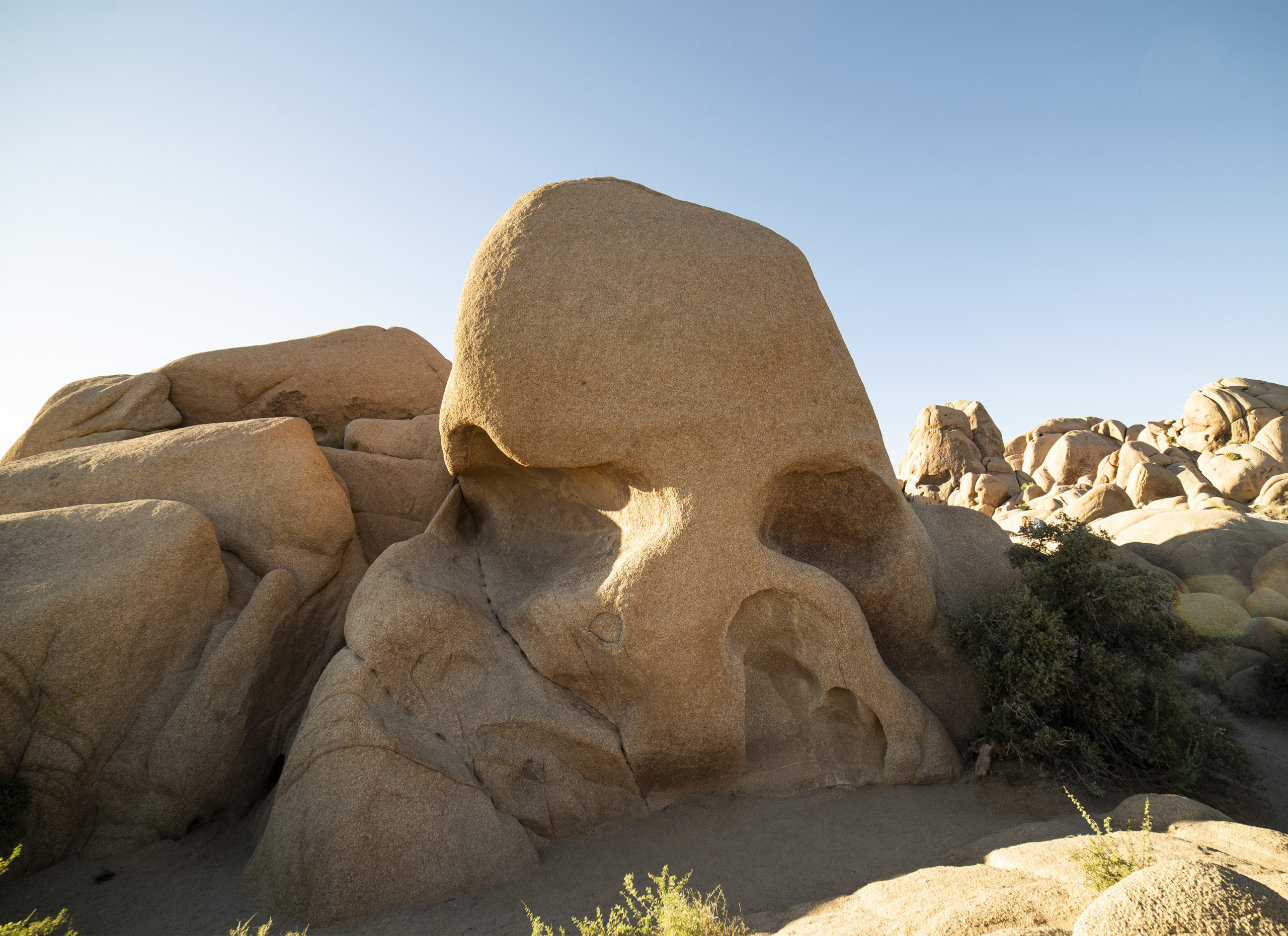
This spot is also easily accessible, as you just park in one of the designated areas on the side of the road and walk up a small hill, and bam, there it is!
Besides Skull Rock, there are a lot of interesting compositions around this area definitely worth exploring.
Arch Rock (White Tank Campground)
Arch Rock is one of my all-time favorite spots in Joshua Tree National Park. It is a nice arch that can yield great results when shooting at night.
Once you enter and park at White Tank Campground, you will see a sign marking the beginning toward Arch Rock. Follow the signs carefully, as it can be a little difficult to find, especially for first-timers. The trail is about 0.5 miles round trip.
You can only see the arch once you turn the corner, and it is not viewable anywhere else. Besides just the arch itself, there are some other great rock formations around it, making it a rock paradise for photographers.
Another reason why this spot is so popular for night photographers is that during May and June, the Milky Way arches perfectly over the arch, creating a nice panorama!
Cholla Cactus Garden
The Cholla Cactus Garden is a whole different element to Joshua Tree. These prickly plants are a great sight to view and photograph. It will feel like a completely different national park because there are no big rock formations around.
The cactus garden is roughly a 10-15-minute drive from Arch Rock. It has a nice boardwalk you can walk on, allowing you to photograph the cacti up close and personal. This spot is absolutely amazing during sunrise because when the sun creeps through some of the gaps in the cacti, it creates amazing sunbursts and lights up the edge of the spikes.
This can make for some really memorable pictures.
*This spot is, however, a hot spot for bees. So if you are allergic to bees or don’t like bees in general, be careful*
Side of the Road
Why do I have “side of the road” as a favorite spot in Joshua Tree?
Simply, because it’s true! One of the great things about this national park is that you DO NOT have to go to a specific location to obtain great images. You can just park at one of the many pull outs and start exploring (safely).
All of the Joshua Trees have different aspects to them, making each one unique. There are countless compositions and angles all around, making anywhere in Joshua Tree a potential epic photo location!
When to Go
Now that you have an idea of where you want to photograph, you should know when you want to go.
This will certainly depend on what you want to photograph and in what season. If you read my article on photographing the Milky Way, you know that the core of the Milky Way is viewable from March – October (with the best viewing periods being in the summer).
So if you want to take full advantage of Joshua Tree’s dark skies, plan on going near or in the summer months.
Since it is the desert, temperatures during the summer months can range from 70-100 °F (21-37 °C). Make sure to bring plenty of water and lots of sunscreen. Although some rocks/campgrounds offer some shade, it is not that common so come prepared.
During the winter, Joshua Tree can get snow, with temperatures ranging from 35-60 °F (1-15 °C). Having a few images of snowy Joshua Trees might be a great addition to your portfolio!
Where do you stay?
If you are interested in staying in Joshua Tree, there are plenty of options for you.
The most popular choice is camping. In the park, there are 5 main campgrounds:
- Belle Campground
- Black Rock Campground
- Hidden Valley Campground
- Jumbo Rocks Campground
- White Tank Campground

All of the ones listed above are FIRST COME FIRST SERVE.
When planning out a trip to Joshua Tree, make sure to arrive earlier in the day so you can hopefully secure a spot. These campsites cost about $14/night.
There are however 3 other campgrounds that are reservation only:
- Cottonwood Campground
- Indian Cove Campground
- Sheep Pass Campground

These campgrounds are only available by reservation from September to May.
From October to May, campgrounds seem to fill up on the weekends, and during the springtime, campgrounds can be full the whole week.
Joshua Tree’s “offseason” is labeled between June to September.
Alternative Camping
If all of the campsites are full, where else can you stay in Joshua Tree?
Luckily, there are plenty of private campsites located outside the park that accommodate RV’s and regular camping. You can find more information about these campgrounds here.
If you are set on staying inside the park for the night, there are some areas where you can park and sleep.
One of the places I found was Twin Tanks. This is technically a parking lot for a trail, but can also be used as a place to sleep and/or set up your tent outside of the car. The other choice is to just park at one of the pullouts on the side of the road. Be careful when doing this and make sure to pull off completely so you are out of the way of other cars.
If camping is not your style, there are plenty of hotels, motels, and Airbnb’s around the park. A popular choice is The Joshua Tree Inn. It is also only about 10 minutes away from the park entrance.
Watch out for Wildlife
My last bit of advice would be to watch out for wildlife, during the day and night. While driving around, I saw rabbits, lots of tiny mice, a few snakes, and a coyote.
The point is, watch out for little critters, whether when you’re driving or just walking around. Watch your footing and be especially on the lookout for scorpions and snakes.
For Photographers and Explorer Enthusiasts
Last but not least, I want to share with you the best spots to photograph during sunset, night, or sunrise.
So, here is that list for Joshua Tree! (The ones with stars are in my opinion the best spots for that given time)

There you have it! A complete guide of Joshua Tree National Park for photographers and explorers. Have fun, be safe, and keep photographing!

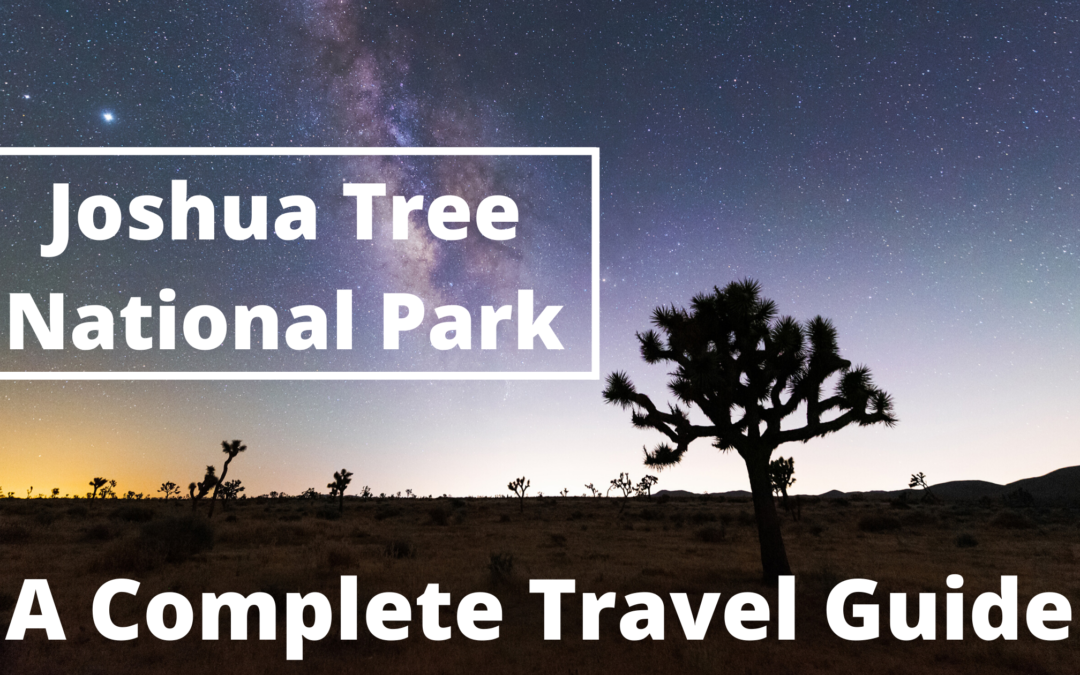


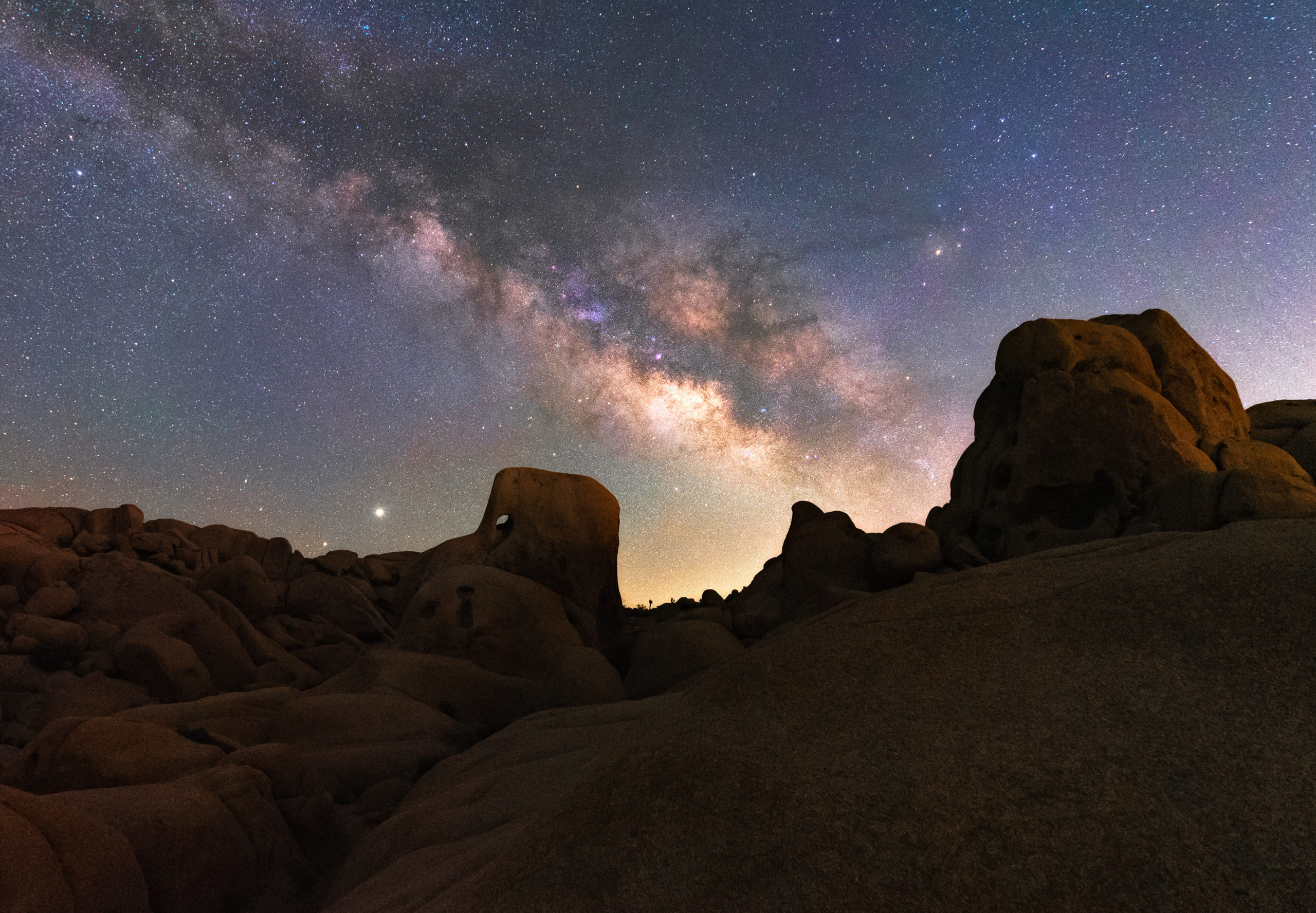
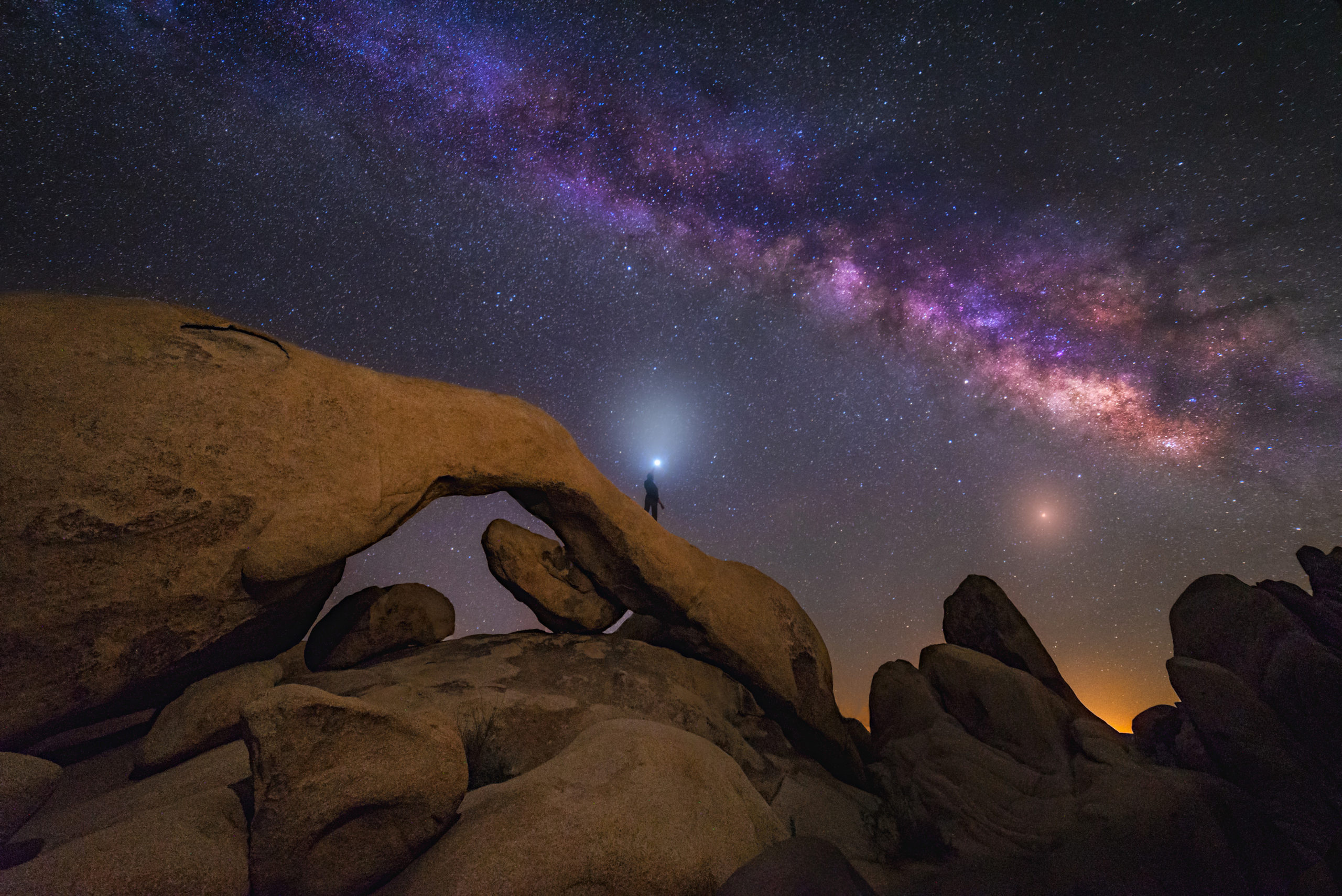
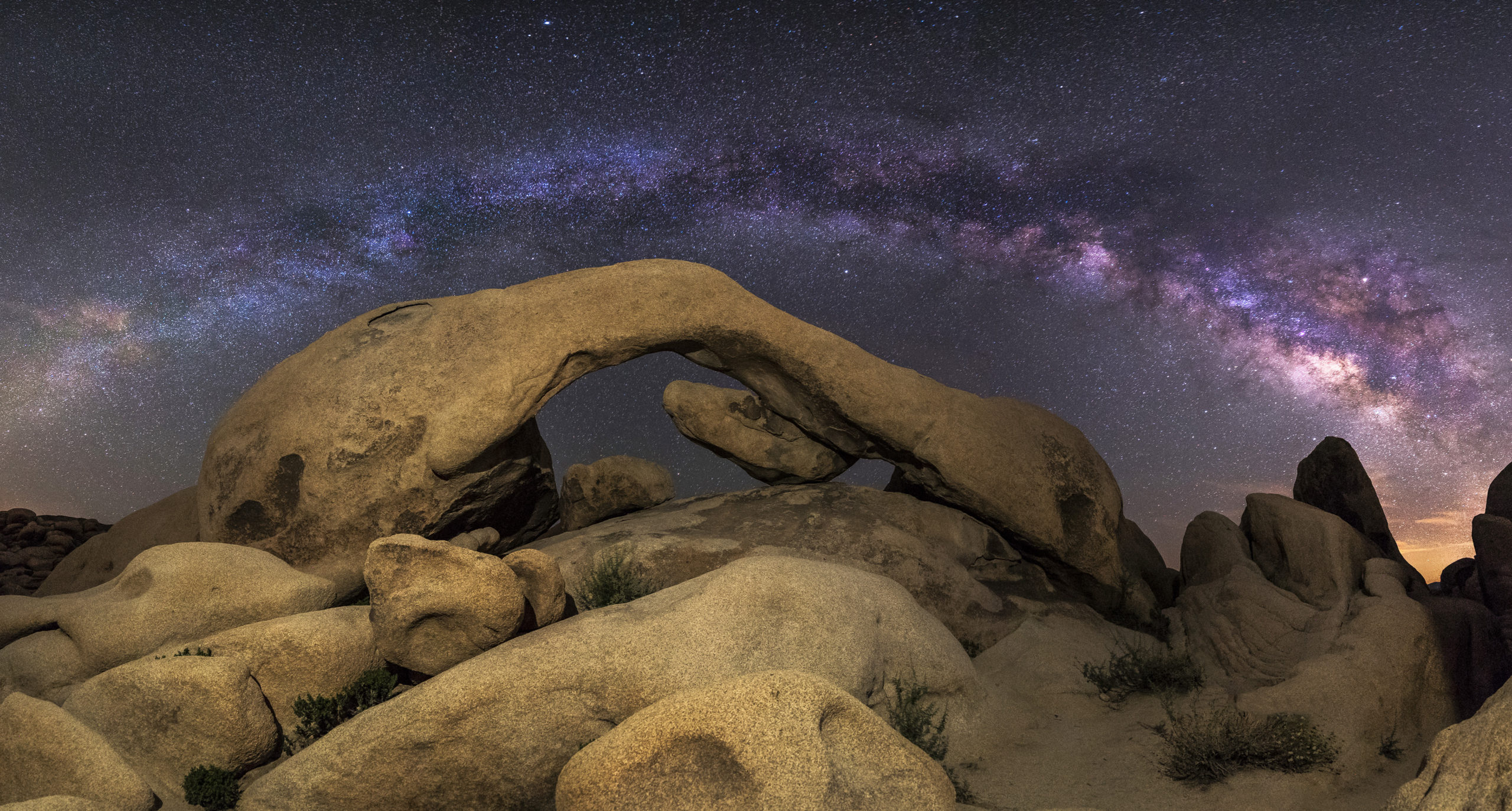
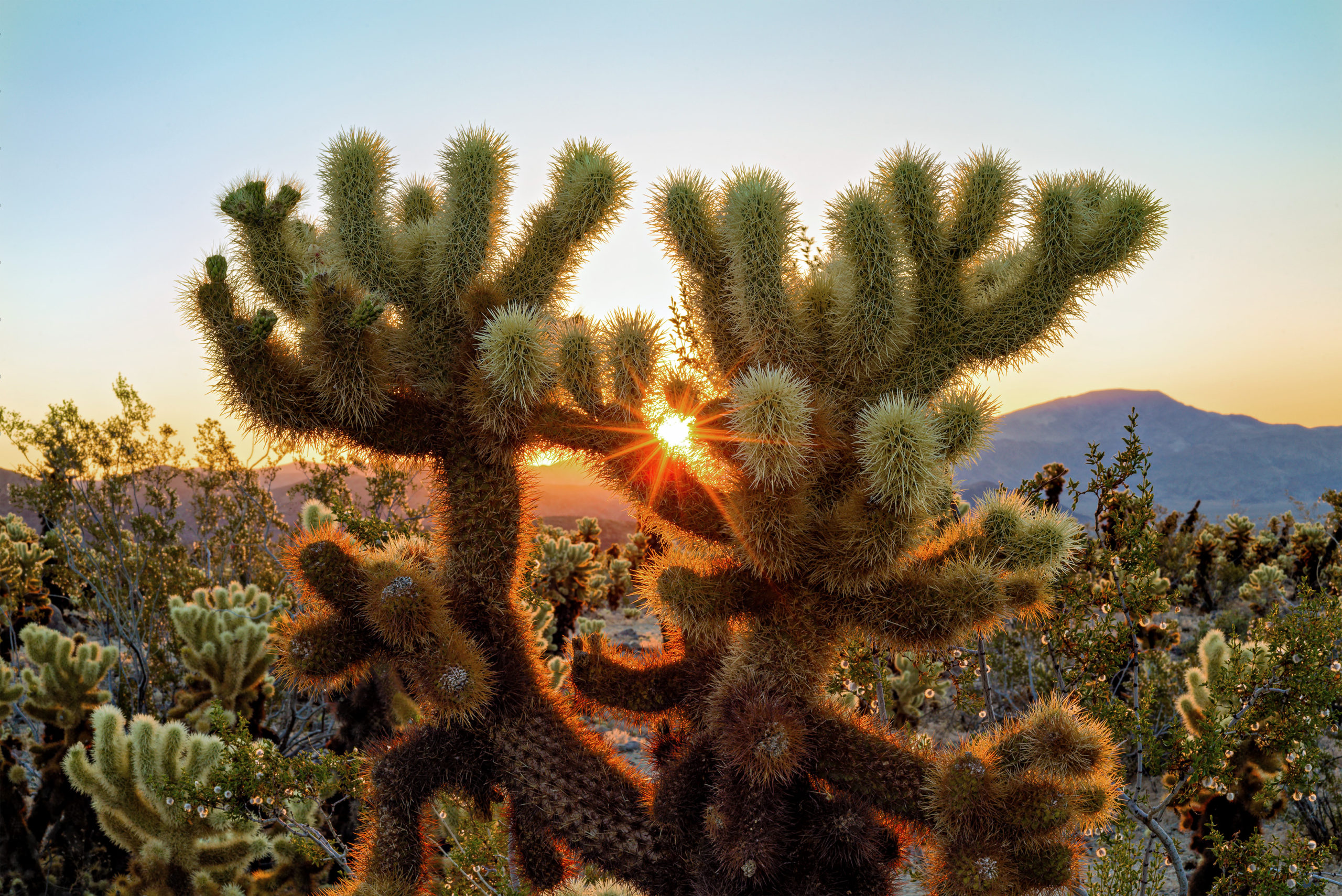
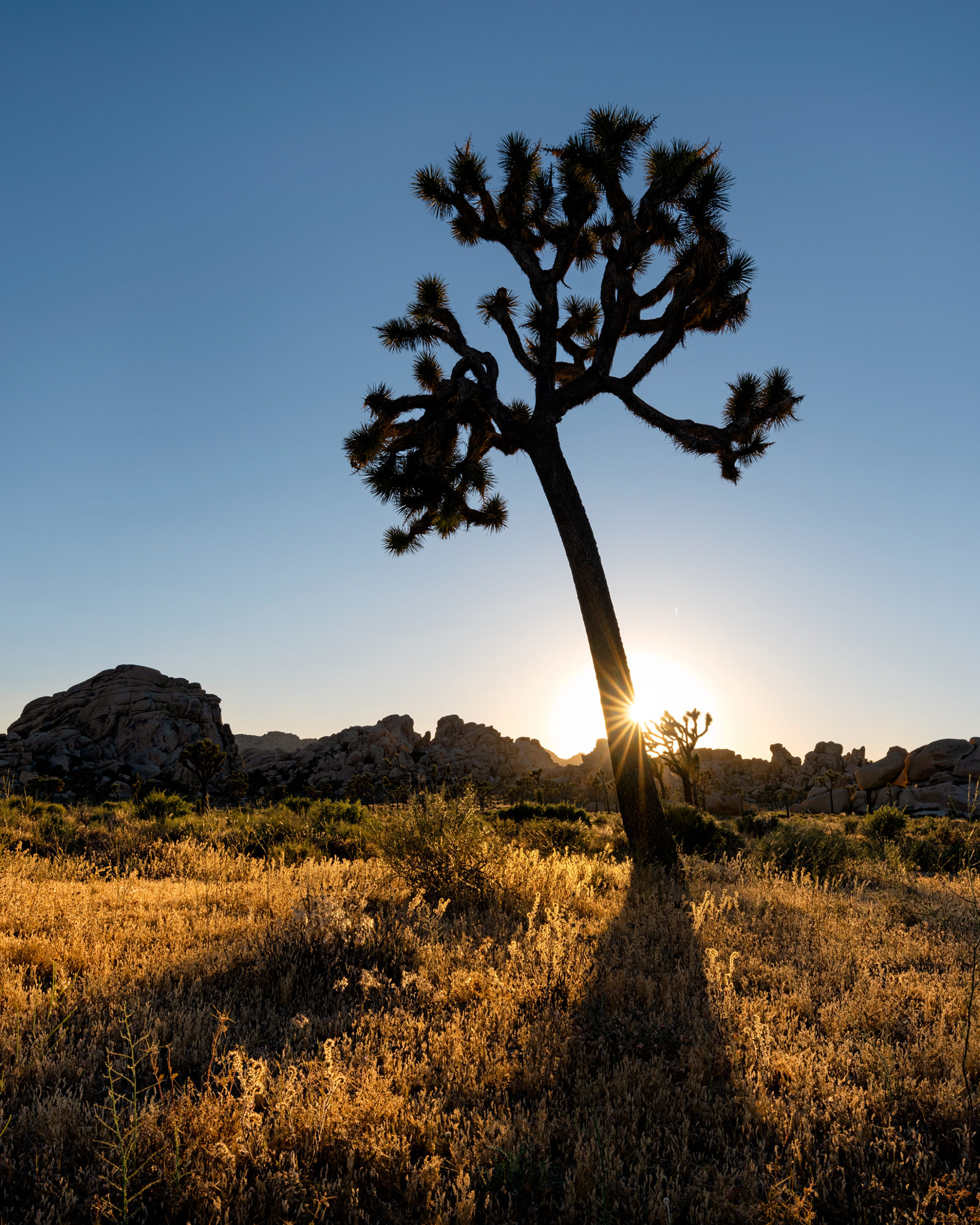


Very comprehensive info! Thanks for the great detail.